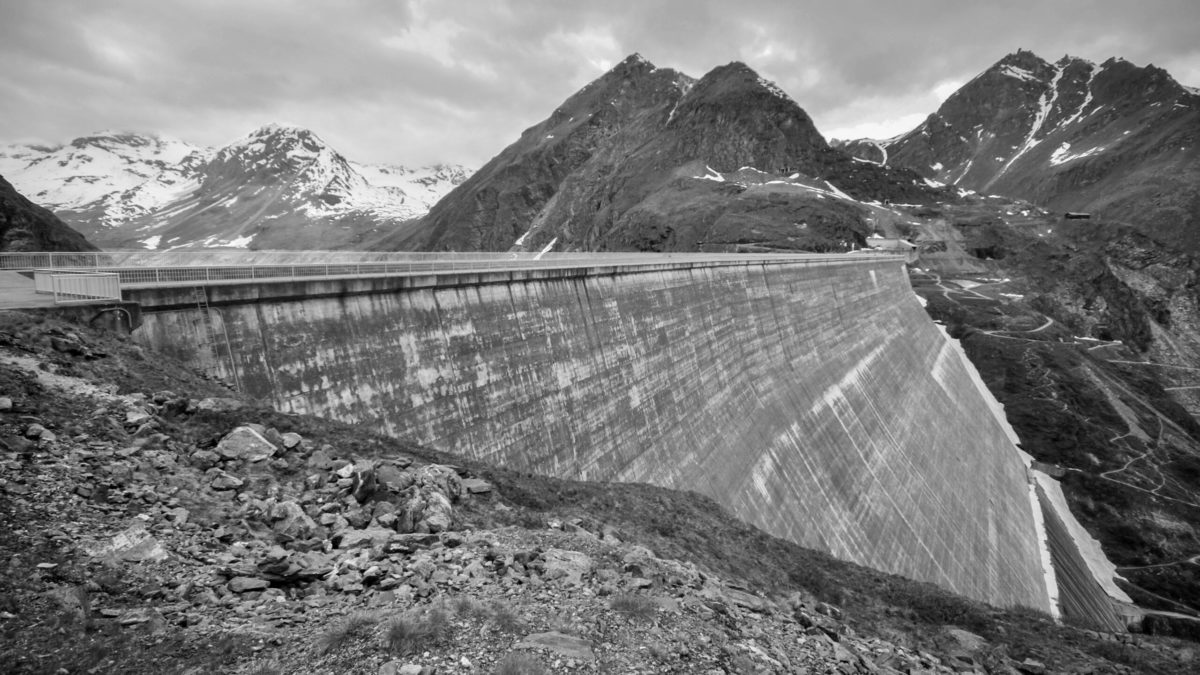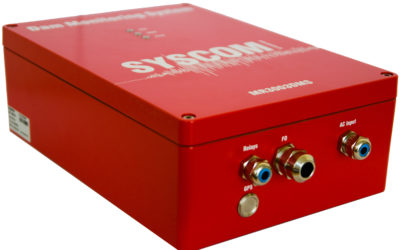Dams are one of the most critical structures because of the potential security threats related to a possible collapse. For this reason, many countries have decided to install permanent strong-motion equipment, particularly in active seismic zones.
Essential to the assessment of the seismic safety of existing dams is the accurate observation of the dynamic behaviour of the structure during an earthquake. The validity of the analytic models used in the prediction of the earthquake resistance of a dam must be checked and calibrated by inspecting the data recorded by a systematic and appropriate strong-motion instrumentation.
The typical instrumentation may vary depending of the dam typology (arch, gravity or embankment) and relative risk assessment, typically for TSF (Tailing Storage Facilities) for mining waste among other applications.
Please contact us for monitoring recommendation.
This implies different requisites:
Instrumentation
According to the typology (arch, gravity or embankment dam) and the dimensions of the dam, a different number of measurement point is required, varying usually from 3 to 8. The locations are: free-field motion (one sensor usually placed at a distance of 1 to 2 times the dam height), abutments (one to four sensors) and in-structure devices (one to three sensors). The instruments must be synchronized for dynamic behaviour analysis.
Earthquake characterization
Seismologists elaborate the data recorded by the seismic stations, in particular by the free-field instruments (input excitation), to obtain local information about the earthquake by means of geophysical techniques.
Local alerts
Usually three levels of alerts are needed:
• Warning notice, which indicates a possible danger on the dam. An immediate inspection of the structure health is required.
• Alert notice, in case of a significant earthquake. In this case, an emergency procedure must be activated.
• Malfunctioning notice, in case the vibration monitoring system has internal problems.
Remote alerts
Local or national authorities, under the guidance of structural engineers and seismologists, should be able to quickly assess the situation and be immediately informed if a critical event occurs, by automatically receiving notifications by Emails or SMS.










